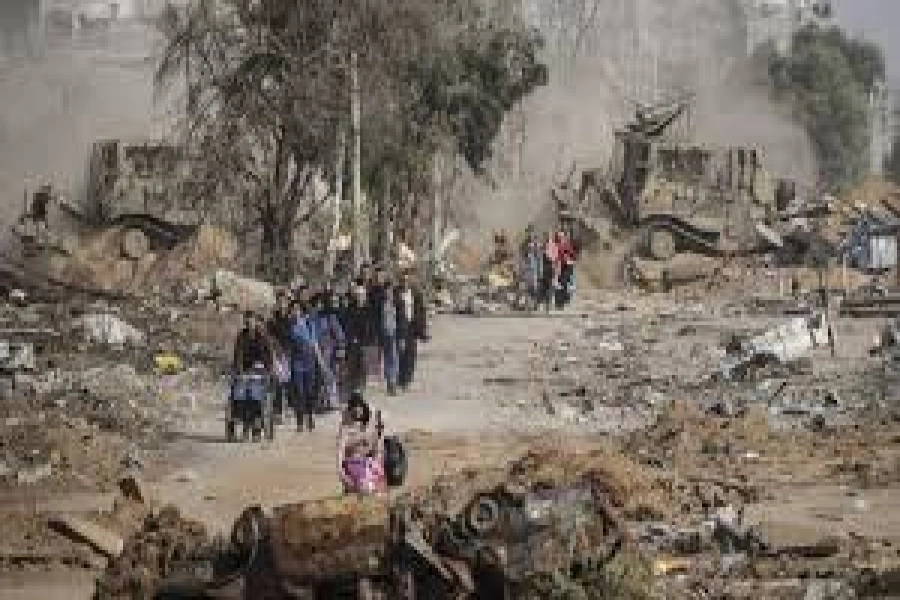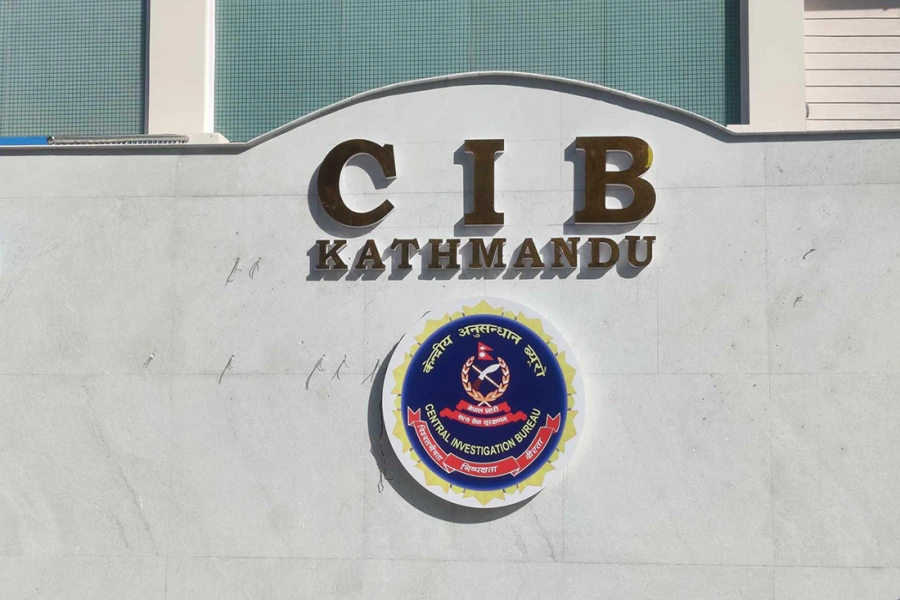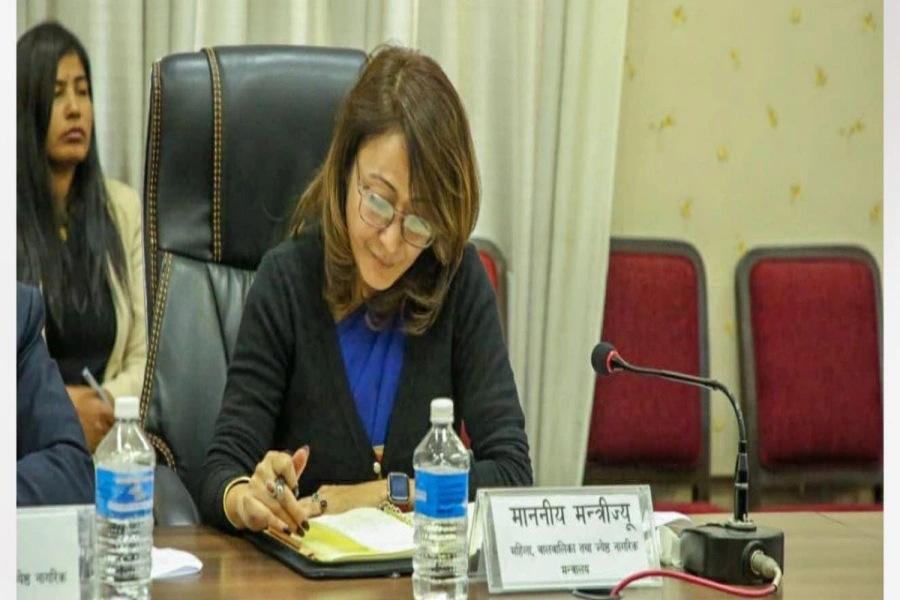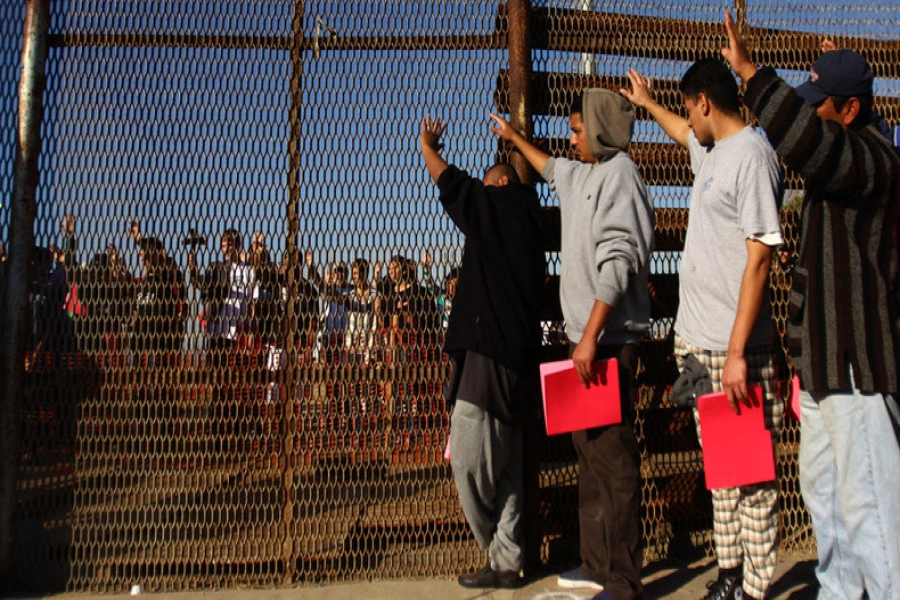Consumers feel the heat of price hike, govt claims otherwise
KATHMANDU, June 17: Despite government's claims of having cracked its whip at price rises, the country's inflation is hovering at double digits.
According to the central bank's macroeconomic update, for the 10th month of the current fiscal year, consumer price inflation stood at 10 percent.
In mid-May 2016, belying general expectations that inflation would follow the trend of continuous moderation seen from its peak of 12.1 percent in mid-January, inflation stood at double digits, reads Nepal Rastra Bank's monthly report.
Inflation goes back into double digits

"Despite the improved supply of fuel and other consumable items following the return of normalcy in the southern customs points, the reversal in the inflation trend occurred on account of rise in housing rents and education-related expenses," it says. "Of the overall inflation, non-food and services group inflation of 10.4 percent exceeded the food and beverage group inflation of 9.6 percent in mid-May."
Among food and beverage items, the prices of pulses and legumes sub-group and the vegetables sub-group continued to remain at a higher level of 23.4 percent and 20.1 percent, respectively. The prices of the clothes and footwear sub-group, the housing and utilities sub-group and the alcoholic drinks sub-group saw increment of 17 percent, 16.4 percent and 15.9 percent, respectively, according to the central bank.
Likewise, the Kathmandu Valley is the most expensive place to live in Nepal, geographically. The valley witnessed relatively higher rates of inflation at 11.5 percent followed by the hilly region at 11 percent, the mountain region at 9.1 percent and the Tarai region at 8.6 percent in mid-May.
Last year, the Kathmandu Valley, the hilly region and the Tarai region had experienced the inflation rates of 6.8 percent, 7.7 percent and 6.9 percent, respectively, the report added.
Supply constraints due to the lingering impact of the April-May 2015 earthquakes and the obstruction at the southern trade routes also fuelled the inflation, widening the gap between prices in Nepal and India.
Year-over-year consumer price inflation of Nepal in the tenth month of the current fiscal year continued to remain at a higher level of 10 percent compared to that of India at 5.8 percent showing inflation wedge of 4.2 percent, the report reads, adding that a year ago, such inflation in Nepal was 7.1 percent compared to 5 percent in India reflecting a narrower inflation wedge of 2.1 percent only.
A Reuters report on India on Monday said: " India's annual consumer price inflation accelerated to a near two-year high of 5.76 percent in May, driven by surging prices of food products such as pulses and sugar, which could dampen hopes of a rate cut at least during the next monetary policy review in August." According to Reuters, India's upwardly-revised inflation was 5.47 percent in April. "Food inflation picked up to 7.55 percent in May from an upwardly revised 6.40 percent in the previous month, as prices of vegetables, sugar and pulses rose between 11 percent and 32 percent from a year earlier," Reuters said.
A blockade during the Tarai protests also pulled the import and export figures down. According to the central bank, in the 10 months of Fiscal Year 2015/16, merchandise exports decreased by 21.7 percent to Rs 55.60 billion while merchandise imports dropped by 4.6 percent to Rs 599.36 billion. "Exports to India and China decreased by 33.4 percent and 35.6 percent, respectively, whereas exports to other countries increased by 4.1 percent in mid-May," the report says, adding that imports from China increased by 9.5 percent whereas imports from India and other countries decreased 7.8 percent and 4.1 percent, respectively during the review period.
Exports through Tribhuvan International Airport and Dry Port customs office - Birgunj increased, whereas exports through other customs points decreased, the report says, adding: "On the import side, imports through Birgunj Customs Point decreased, whereas imports through other customs points increased. Likewise, trade has not yet resumed through Tatopani Customs Point."
Nepal's trade deficit also contracted -- by 2.4 percent to Rs 543.76 billion in mid-May compared to an expansion of 10.1 percent in mid-May last year.
The report also says that decrease in the number of outflow of the Nepali migrant workers has not hit remittance inflow hard yet. "The workers' remittances inflow grew by 10.2 percent to Rs 538.87 billion till mid-May compared to a growth of 10 percent in the previous year," it observed, adding that net transfer receipt increased 11.8 percent to Rs 628.07 billion. The number of Nepali workers seeking foreign employment, based on final approval, decreased by 22.2 percent in the 10th month of the current fiscal year, compared to an increment of 8.9 percent in the same period of last fiscal year.
































